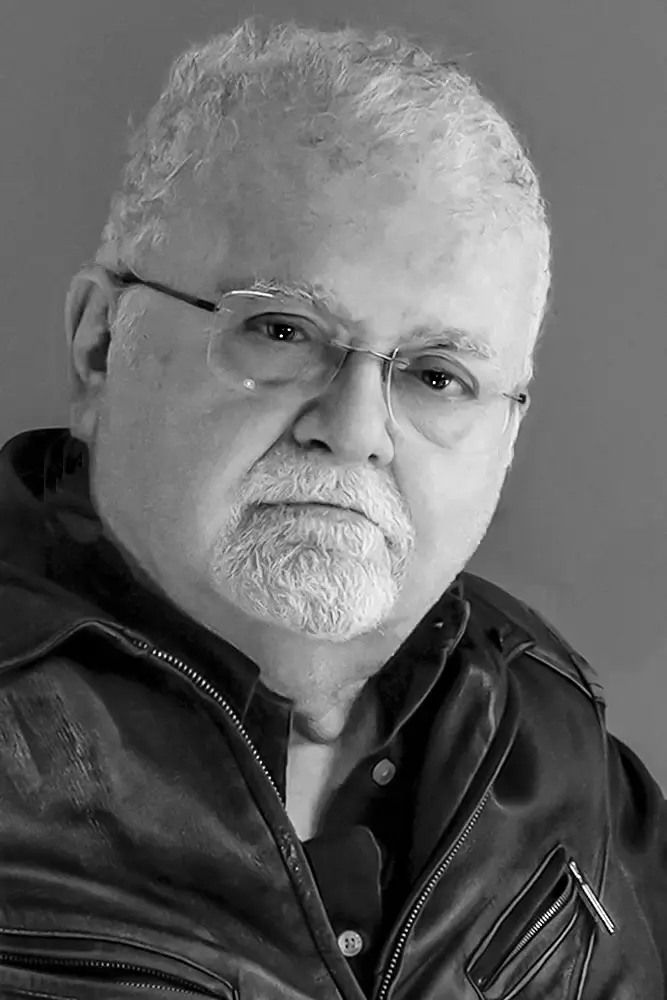Currently on view at the Norton Museum of Art, certain silence marks artist Fabiola Menchelli’s first solo museum exhibition in the United States. Running through March 23, 2025, the show offers an immersive exploration of photography’s materiality, challenging conventional notions of perception and image-making.
Comprising more than 20 works—including previously unseen pieces—Menchelli’s ethereal compositions unfold through a meticulous process of folding, exposing, and developing light-sensitive materials. Created without a camera or negatives, her works blur the boundaries between control and chance, revealing intricate layers of abstraction and poetry. Through this interplay of light and form, certain silence invites viewers into a meditative space where perception itself becomes the subject of inquiry.
